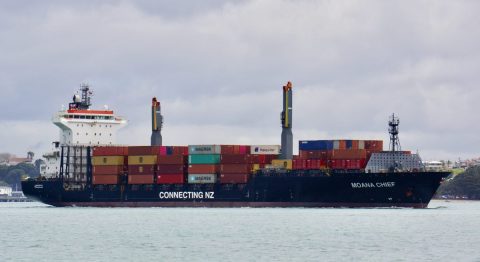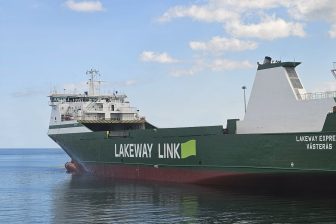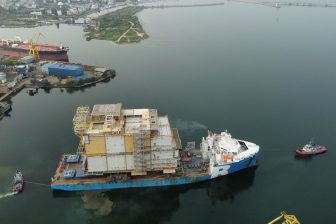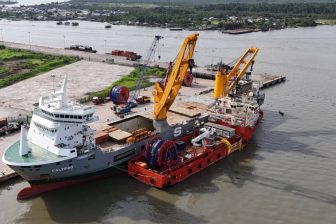
Pacifica Shipping introduces a second vessel for New Zealand coastal shipping
Pacifica recently announced the introduction of a new vessel, for domestic coastal shipping service. Adding an additional 1,300 twenty-foot equivalent units (TEU) of capacity per week, It is expected to be operational by September.
Headquartered in Auckland, New Zealand, Pacifica is an operating division of Swire Shipping. Since August 2019, the company has operated one New Zealand-flagged coastal container ship, the MV Moana Chief, a 1,700TEU ship. This will strengthen domestic coastal shipping services position as a viable alternative to other transport modes on the inter-island trade.
Domestic coastal shipping has several assets, both environmental, and economic. From an environmental perspective, coastal shipping reduces CO2 emissions, compared to other modes of transportation. Moving inter-island cargo by coastal shipping rather than by road transport could save approximately 66,000 tonnes of CO2 per year. This is advantageous as it is in line with the New Zealand government’s policy to reduce greenhouse gas emissions from transportation.
From an economic perspective, the addition of a new ship will enable Pacifica to implement two sailings a week between Auckland/Tauranga to Lyttelton, as well as improve schedule reliability for other ports in the region. Coverage for the regional ports will also improve to a weekly for Nelson and fortnightly for Timaru and Marsden Point. This will come as a relief, after the serious challenges faced by regional exporters during the COVID19 pandemic, which saw international shipping lines reducing port calls into regional ports due to supply chain disruptions.
Expanding domestic coastal shipping further will be central, and is forecast to grow significantly in the coming decades. The Ministry of Transport projects that freight volumes will increase another 11% in the next decade, and 40% by 2053. This level of growth, combined with the need to reduce emissions, places alternative transportation methods like coastal shipping to the centre stage.
Lastly, coastal shipping brings resilience to supply chains in times of natural disaster or disruption. For example, during the Kaikoura and Christchurch earthquakes, truck movement was impeded, and coastal shipping maintained goods trafficking throughout the islands. Reduced truck movement can also improve road safety.
You just read one of our premium articles free of charge
Register now to keep reading premium articles.




